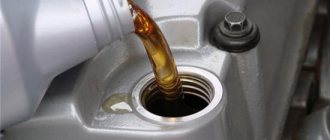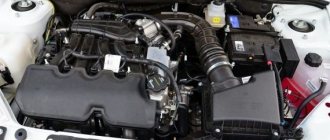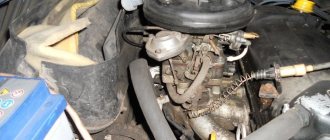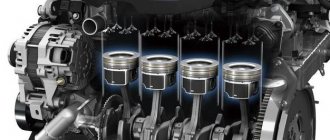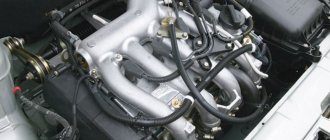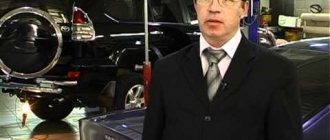For example, the Toyota Land Cruiser 200 SUV is equipped with an eight-cylinder power unit. Depending on the number of problem cylinders, this engine can have “seven” or “six”, and so on. However, they still say that “the engine started to misfire.” The Oka has a two-cylinder engine, which means that in case of problems it will be “alone”, but out of habit they talk about tripling.
Now four-cylinder engines are installed en masse in VAZ and GAZ cars. Everything matches here. When they say that a Gazelle engine is tripping, it means that three out of four cylinders are functioning. It’s the same with Ladas – the name of the fault can be taken literally.
Signs of engine tripping
The main feature of the structure is a decrease in power. This happens due to the fact that the fuel-air mixture burns partially or even enters the exhaust manifold, where ignition occurs. The process is accompanied by strong vibration, which manifests itself in the following situations:
- idling, at high speeds the engine runs smoothly;
- engine heating mode;
- high load;
- tripping in any engine operating mode.
Each situation manifests itself under certain conditions.
Reasons: why the engine troits
Increased engine vibration occurs due to a violation of mixture formation. This leads to additional loads on the parts of the cylinder-piston and crank system, and therefore reduces their service life. Main reasons:
- fuel is supplied in a larger or smaller volume. With a larger volume of gasoline, the spark is not able to ignite the mixture fully, so when you press the accelerator pedal, the car begins to twitch, and the fuel continues to burn in the exhaust line. If there is a lack of fuel, the engine behaves the same way, but this can lead to burnout of the piston due to insufficient cooling from gasoline injection.
- lack of oxygen. The power unit behaves the same as when there is a lack of fuel. Air deficiency can be caused by a dirty air filter or a faulty oxygen sensor.
- The ignition system is not working correctly. The reasons lie in the setting of the ignition angle, where the spark may be supplied too early or late, and accordingly the mixture again burns incompletely. If the coil and spark plug are faulty, they also contribute to tripping. On carburetor engines with a distributor, the ignition angle often gets lost, which requires periodic adjustment.
- low compression. For this reason, complete combustion of the working mixture is impossible due to a violation of the cylinder seal. In this case, tripping is accompanied throughout the entire engine speed range, sometimes it may not appear until the engine reaches operating temperature.



